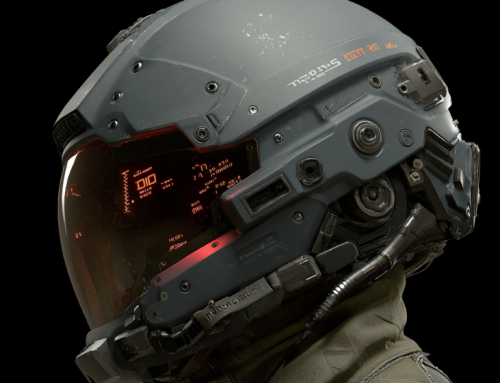
NeuroXess has achieved a groundbreaking breakthrough in brain-computer interface (BCI) technology, enabling a brain-damaged patient to decode thoughts into speech, control robotic arms and interact with AI using only brain signals, marking a major leap in assistive neurotechnology. (Source: Image by RR)
Breakthrough Brain Implant Helps Patient Operate a Digital Avatar and AI Assistant
NeuroXess, a Chinese startup, has achieved groundbreaking progress in brain-computer interface (BCI) technology, successfully enabling a brain-damaged patient to communicate through decoded thoughts and control a robotic arm using only brain signals. This advancement was demonstrated in an August 2024 experiment at Huashan Hospital, where neurosurgeons implanted a 256-channel flexible BCI device into a 21-year-old epilepsy patient. The device, as noted in interestingengineering.com, recorded and analyzed electrocorticogram (ECoG) signals, allowing real-time interpretation of brain activity related to movement and sensory functions.
One of the most impressive achievements of NeuroXess was decoding speech from brain signals with remarkable speed and accuracy. The patient, within just two weeks of the procedure, was able to interact with NeuroXess’ brain-computer operating system (XessOS), using it to control smartphone applications like WeChat and Taobao. Additionally, she could operate smart home systems and wheelchairs, enhancing her independence. Unlike alphabetic languages, the Chinese language requires activation of more brain regions due to its tonal and logographic nature, making speech decoding particularly challenging. NeuroXess developed specialized neural mechanisms to overcome this hurdle, achieving 71% speech decoding accuracy using 142 common Chinese syllables.
In another milestone, the patient’s brain activity was used to control robotic hands, allowing her to grasp objects and even perform sign language. A video demonstration showcased her operating a digital avatar and engaging in a “mind-to-AI large model” dialogue, marking the first-ever direct brain interaction with an artificial intelligence model. This achievement stands in contrast to Neuralink’s strategy, which involves deeper cortical implantation, potentially causing brain tissue damage. NeuroXess claims its approach is safer as it minimizes invasiveness while maintaining high functionality.
Following these breakthroughs, NeuroXess aims to further develop its BCI technology to enhance the quality of life for individuals with severe disabilities such as amyotrophic lateral sclerosis (ALS), high-level paraplegia, and stroke-induced motor impairments. By enabling real-time communication and physical control through thought alone, this innovation has the potential to revolutionize assistive technology, offering new hope to those with speech and movement impairments.
read more at interestingengineering,com







Leave A Comment